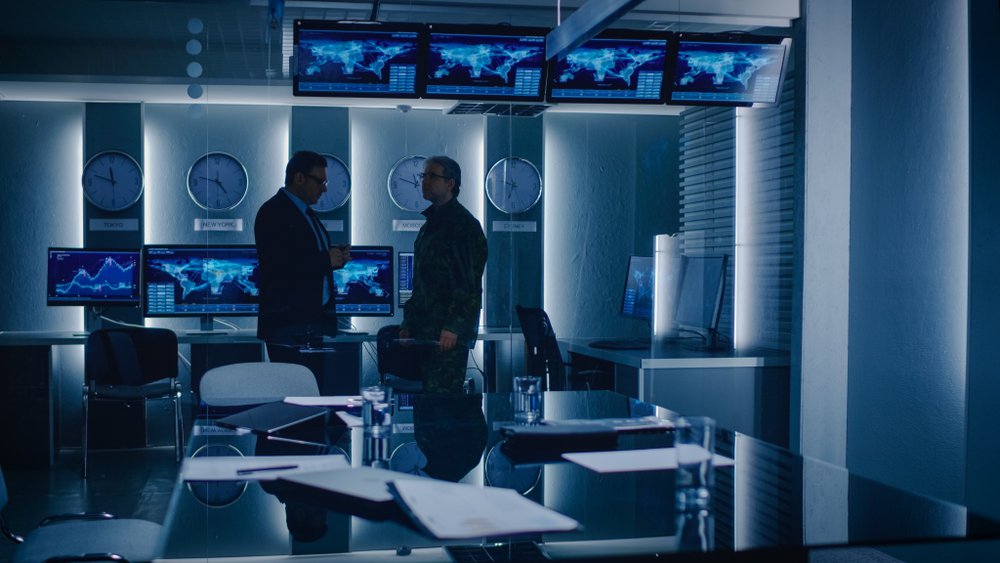In 2014, Congress passed the Federal Information Technology Acquisition Reform Act, known as FITARA. The bill was written to address a longstanding government concern—how to curb IT waste in government agencies by optimizing risk management and transparency. And considering how the US government spends over $100 billion on IT equipment a year, there’s a fair amount at stake.
FITARA aims to rein in runaway energy consumption in data centers to hit truly efficient levels—thus also reining in costs. There are a variety of ways data centers can achieve this; liquid immersion cooling technology like that provided by GRC makes for one particularly pertinent leap forward. Liquid immersion cooling contains excess energy (in the form of heat), rather than simply dispelling it the way traditional air cooling does. It also uses less electricity than conventional methods, meaning the act of cooling itself will not emit as much carbon.
Of course, every data center wants to strive for efficiency, especially given the potential plus of government contracting once in compliance with FITARA. We’ve talked previously about certain best practices to help align with FITARA goals; however, FITARA is a complex piece of legislation, and compliance presents its own challenges and opportunities.
Let’s unpack these challenges in greater detail and see how you can actually make them work for you instead.
Technical Challenges
Among the technical challenges data centers may struggle with are consolidating and optimizing the infrastructure. Think of the difficulty in migrating data and applications from numerous disparate data centers into one location. Agencies also have to integrate multiple systems and ensure that they work together, which can pose serious hurdles.
Case in point, data center migration often results in unwanted downtime. But federal agencies must have consistently high uptimes to accomplish their missions. Another challenge is to keep latency low after migration. The data center set for closure may have been situated near its users, unlike the consolidated facility. Other potential risks of migration include wrongly sizing the resources at the target facility.
In addition, agencies must protect the security of their facilities both during and after the consolidation process. Moving data exposes it to threats such as data loss, and it’s hard to enforce the exact same precautions before and after a migration. Then there are performance standards such as processing and storage to consider. The consolidated infrastructure may function or be configured differently than the previous setup.
Succeeding against these technical problems can take a lot of time, money, and skill. But it’s not all bad news: data centers can take advantage of this opportunity to upgrade their resources and innovate. For instance, agencies could deploy more cloud technology or reshape their production systems.
Budget Management
When it comes to budget troubles, FITARA imposes the challenges of finding enough funding to make adjustments for compliance. There’s a trade-off between immediate costs and long-term benefits. You can’t consolidate and improve data centers without some expense, but the efficiency gains will repay the investment over time.
Another financial difficulty is to coordinate budgeting with the project schedule. Agencies should make multi-year plans, so it’s practically necessary to have the money to pay for ongoing costs as they occur. It’s not just about the upfront investment; you must also balance the longer-term projects and budgets.
To overcome these budget-related challenges, agencies can focus on the low-cost and high-return projects like liquid immersion cooling and work to maximize the value of available resources. For example, immersion cooling opens several opportunities through its knock-on effects. Data centers spend less on electrical infrastructure and real estate while cutting back on electricity use. You can literally slice expenses in half.
Federal agencies may also look for new funding sources to alleviate the financial challenges of adhering to FITARA. Reports should communicate the advantages and disadvantages of proposed actions to attract financing. If they calculate right, data center administrators can slim down both spending and waste.
Transparency and Automated Monitoring
Transparency is essential to show the value of IT spending at federal agencies. Indeed, transparency ranks at the top of FITARA recommendations from the Federal IT COST Commission. According to its advice, CIOs should clearly describe the costs and performance of IT assets. This transparency provides the detailed information that government IT directors and constituents need to navigate their challenges efficiently.
CIOs should employ a standardized model of costs to break down which services and applications are delivering value. This information also supports agencies in negotiating with suppliers and measuring the total cost of ownership (TCO). Basically, seeing the precise distribution of costs reveals how to improve IT spending.
A time-tested strategy that can help federal agencies optimize data centers is to implement automated monitoring tools. The GAO has recommended that agency-owned data centers use this method to track the use of servers and other resources.
Multiple parts of the government, such as the Department of Agriculture and the Department of Homeland Security, have agreed to move forward with this recommendation. After all, automated monitoring complements virtualization and migration in the cloud. Together, these steps increase data center efficiency while enabling accurate reports.

Rise to the FITARA Challenge With GRC
In the near decade since FITARA became law, it’s served as a North Star for data centers aiming for government contracting. And considering the breadth of need for IT services in government administration, attaining federal contracting can prove a lucrative boon for many data centers. The challenge is in attaining compliance.
The best way: curtailing waste and dialing in environmental and financial efficiency ASAP, by all avenues possible. When plotting this pivot, it’s best to start with low-risk, high-yield solutions first—like GRC’s liquid immersion cooling systems. As mentioned earlier, liquid immersion cooling is far more efficient than traditional alternatives. And with a straightforward installation process, it won’t necessarily demand an entire transformation of your data center, though it will transform your energy consumption!
GRC solutions are well-tested and proven winners; even federal agencies such as the National Security Agency (NSA) and the United States Air Force (USAF) use these immersion tanks for in-house operations. What better way to achieve federal compliance than with solutions the federal government already implements?
Overcoming the hurdles en route to achieving FITARA compliance requires a combination of strategies. But GRC can help you make a mighty leap on your journey there. Reach out today to find out just how liquid immersion cooling can help you optimize your data center.




